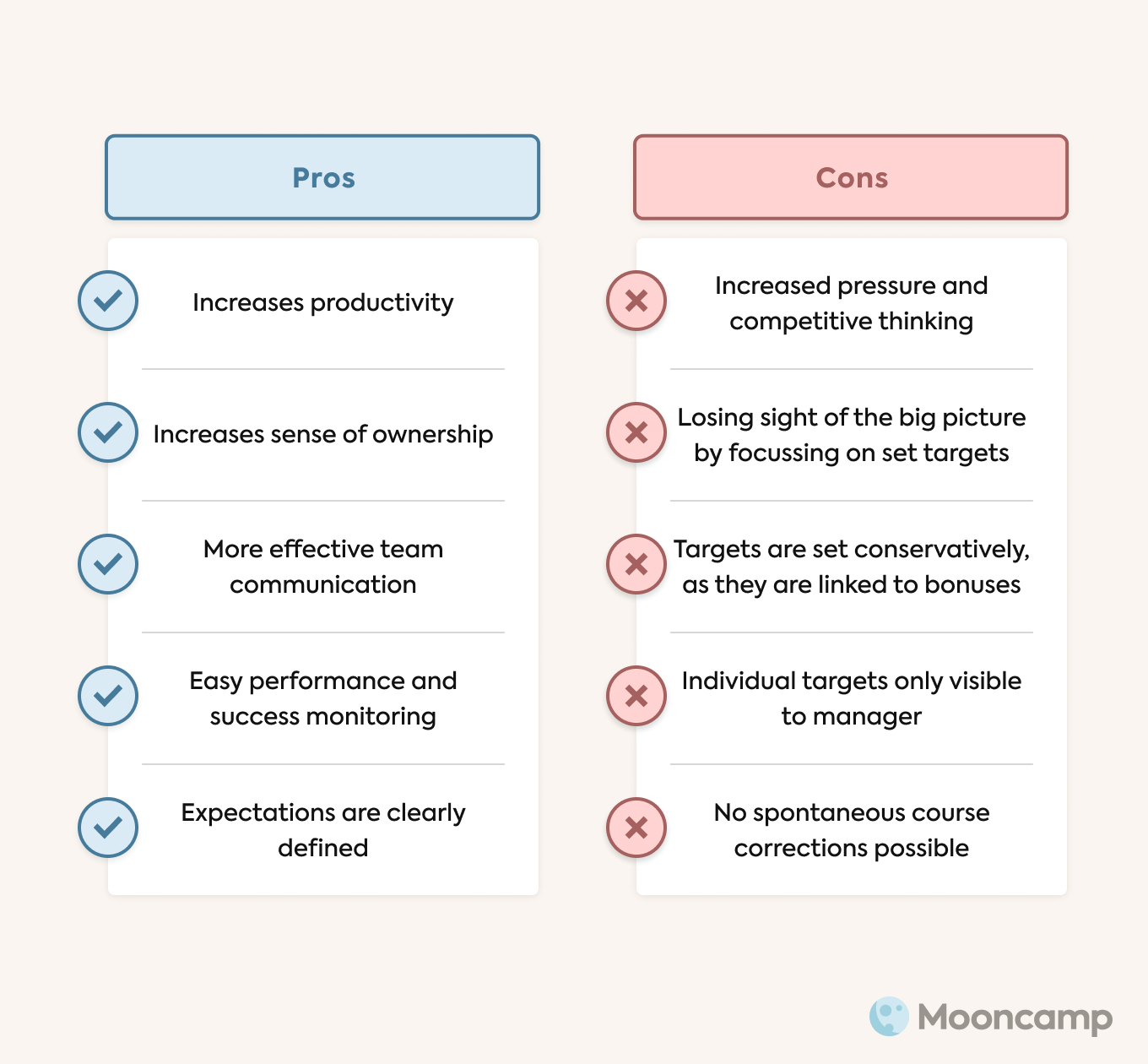Close
Mastering Remote Management: 10 Essential Tips for Success
Come on, it's time to put away the shorts and sun cream!
Is your suitcase ready? Have you forgotten anything?
Holiday fun is over! Back to the office?
No ? Ah, your company's in enhanced teleworking mode... Interesting!
Are you getting a bit stressed about managing your team from a distance? OK, I see!
Here's some advice to help you get back to work with a smile on your face.
Breathe, read and adapt... that'll do it.
Who's the boss? You are!
Managing in the age of teleworking: be jazzy!
Management is in crisis.
Recent changes in the way work is organised and in people's expectations of work have demonstrated this.
Why is this?
Specialists keep saying it: the world of work and business has changed.
So we need to adapt and ride the wave of future change.
Management is no exception...
In the past, vertical and hierarchical management made sense in the face of the challenges of the industrial era, but this is no longer the case. We are a long way from the days of assembly-line work...
Taylorism/Fordism was based on monitoring worker performance and a race for productivity, combining technological innovation and standardised work... These criteria are no longer decisive today.
Just as the company has evolved with technological change, so too is management.
And the success of teleworking and the digital revolution is accelerating this transformation.
Some business leaders have understood this:
In his book : No Rules Rules: Netflix and the Culture of Reinvention, Reed Hastings, ex-CEO of Netflix, says: "Even before Netflix, I never believed that the value of creative work could be measured in time (...) a relic of an industrial age, when employees were mainly responsible for tasks that are now done by machines. Today, in the information age, what matters is our success, not the number of hours we put in (...)".
For Hastings, if yesterday's company was an orchestra, with a conductor leading the musicians as they dutifully followed their scores, today's company is a jazz band, with the best artists capable of improvising while working together...
So, at Netflix, we don't have a pyramid-shaped company with the boss at the top! Here, the organisation is horizontal.
Erin Meyer, a professor at Insead and co-author with Reed Hastings, adds: "The world has changed and management methods don't take that into account.
As a result, micromanagement, with its monitoring of employees' hourly productivity and the importance attached to face-to-face work, must be consigned to the past.
What is the role of the remote manager?
The manager is still the one who directs and leads his team, but his place is no longer in the posture of the chief, the big man, who decides everything and controls everything.
Gone are the 4 different types of management with which the manager juggled:
Source : https://www.linkedin.com/pulse/5-ways-manage-different-personality-types-paul-fagan/
Remote working calls for a different kind of management: objective-based, caring and empowering...
Management by objectives, known since the 1950s, combined with benevolent management, is a source of inspiration for reinventing management...

Source : https://mooncamp.com/blog/mbo/
Here, the role of the remote manager is that of a coach at the service of his teams.
He or she takes on the role of a maieutician, a coach, able to help his or her colleagues bring out the best in themselves.
By granting his trust and assistance, he positions himself at the centre of the team, but not above it.
He helps to define each person's objectives, suggests tasks, motivates during brainstorming or discussion sessions...
They are the resource, the point of reference, the compass when the team loses its collective spirit or its objectives.
In teleworking, adopting this kind of supportive management seems obvious.
So how do you go about this noble task?
By following these 10 commandments...
.png?width=600&height=337&name=MicrosoftTeams-image%20(43).png)
The 10 commandments of a good remote manager
1) Trust your team and you'll gain confidence
This is a must!
Not only must you have confidence in your employees, you must also gain their trust...
Because if you're convinced that when you telework, they're going to procrastinate on the sofa in front of Netflix... You'll never last!
Remember: you'll never be able to control everything, especially from a distance.
So avoid a climate of mistrust. Because if you doubt them, how do you expect them to work? On the other hand, if you trust them, it's likely that they'll try to deserve it...
So cut yourself some slack, let go and rather than control everything: be confident by default.
Delegate tasks and set an example: give everyone tasks that show how much you believe in them.
You have everything to gain: you'll be much more relaxed and less stressed. And your team will also gain in autonomy and accountability...
In teleworking mode, focus above all on the objectives: check the results, the successes and don't concentrate on the how. This is known as management by objectives.
2) You will provide the tools
Is a computer and a good internet connection enough? Not necessarily.
There are several options to consider:
Do you provide all the equipment? Or do you let your teams use their own equipment?
When it comes to cyber security, it's not the same organisation: consult your experts to make the best decision.
Next, you need other tools to :
Have group conversations or two-way conversations
Circulate important information in asynchronous mode, such as emails...
Transfer working documents immediately
And, of course, video conferencing.
We're all familiar with software that lets us work remotely.
Here are a few of them:
Slack messaging
Zoom or Skype video tool
Sharing/transferring files via Google Drive or Dropbox
And of course Microsoft teams, which lets you do several of these things at once.
The decision to use a particular tool will be taken by the company or the manager. It is then up to them to set an example for its use and to listen to feedback from employees.
Then define the operating rules together: deadlines for replying to emails or messages, the frequency of video calls, setting up a shared diary and face-to-face or remote meetings.
Of course, don't hesitate to ask your team regularly about their needs or difficulties in using these tools.
3) Make yourself available
In teleworking mode, the manager is the central cog in the team, the coach or companion.
So don't be surprised if your colleagues need to reach you easily.
So look approachable!
Don't let them be afraid to call on you if they need you. Don't discourage your teams with phrases like "I'm working, too busy, too much work, no time...", etc.
Step one: plan ahead!
In your schedule, set aside time for group or one-to-one discussions with your staff.
For example, every week, a group video to review objectives, take stock and share everyone's tasks or questions... Essential!
You should also set aside time for two-way discussions. This allows you to broach subjects that you can't or don't want to discuss with the others.
Second step: accept the unexpected!
Does a colleague need to speak to you immediately?
OK, see if you can make yourself available, or if not, give them an hour during the day. (Even 5/10 minutes can sometimes be enough to resolve a problem).
And to avoid abuse, set times when you can't be reached.
In return, your colleagues will make themselves available to you within reason.
-1.png?width=600&height=401&name=MicrosoftTeams-image%20(46)-1.png)
4) Thou shalt commit to listening
Being available is all very well... but you still need to know how to listen!
Here, in teleworking, that's essential.
Not everyone is a good listener: the ability to let someone else talk without interrupting or imposing a quick solution...
Sometimes you don't need to find an answer to your team's problem, but rather encourage them to find one...
A good group brainstorming session is sometimes more satisfying than coming up with a ready-made solution... Think about it!
By cultivating confidence in your employees to find solutions, you make them autonomous and more responsible. A real time-saver for the future.
Similarly, be really present in the discussions with your teams.
Don't work on something else at the same time, or you risk missing an important detail.
Answer all messages and don't hesitate to ask everyone about their needs and difficulties.
Sometimes talking on video is less effective than face-to-face: don't hesitate to call by phone or suggest a face-to-face meeting.
And be on the lookout for signs of isolation.
Listening also means spotting physical and bodily signals, non-verbal communication not expressed by voice.
Sometimes people don't dare say what's bothering them, but it shows.
5) Be clear and good at communicating
The manager of a team is often seen as the conductor of an orchestra.
The person who brings together the separate efforts of individuals to achieve a harmonious collective result.
Problem: the larger the team, the more difficult it is to control and monitor everything.
In remote mode, this is even truer!
So you have to accept that you can't control everything, and change your habits...
Effective communication then becomes the cornerstone of your teamwork.
Your employees are no longer close to you or in your vicinity, so you need to find even more effective ways of talking to each other, exchanging information and keeping each other informed...
But be careful: if you communicate too much, you stifle them... And if you communicate little, they will communicate little too...
And why?
By communicating too much, you give the impression that you don't trust anyone.
By communicating too little, you give the impression that they are isolated and on their own, or that you are unavailable...
So it's up to you to find the right balance and assess the right times to communicate:
To start the week?
To start the day? To end the day?
To motivate the troops in the middle of the week?
With the whole team or 1 to 1?
Make a suggestion and let your team give you feedback afterwards.
Also think about the type of communication to use:
Visio
Telephone call
Message, text message
Email
Give preference to telephone communication for brief moments, Visio for moments requiring teaching and use writing for everything that needs to be remembered.
Be careful with the written word: emotions cannot be guessed at and there is a risk of misinterpretation...
So make sure you are as clear as possible and avoid any ambiguous wording or wording that raises doubts.
If you're not clear about your expectations, your team will quickly lose their bearings, and that's where the bugs come in.
Be transparent: specify your objectives for everyone, whether they are individual or collective.
Take advantage of visios to share your ambitions and don't hesitate to create milestones to discuss the progress of assignments.
Your aim? To find out whether everything is going well and whether your help would be welcome...
If your mission is to give them responsibility and make them as independent as possible, your hindsight and your comments are the safety net that will enable them to dare... And all this depends on good communication!
Remember: behind your virtual conversations, there are human beings with their strengths and weaknesses... There are bound to be mistakes and clumsiness, but that's the whole point of your presence and support.
Crucial point: give feedback regularly!
Everyone needs feedback on their work, a moment of exchange to find out if they're going in the right direction, if they need to make corrections or simply to hear that they've done a good job.
So be careful to give fair and positive feedback on the work of your colleagues.
But with so many people around you, you'll have to juggle finding the right tone with each one...
6) Adapt and try harder
No two teleworkers are alike!
Each person functions differently... So it's hard to impose a single method without incorporating a little flexibility.
Depending on the constraints of your employees' lives, their place of work... It's not the same atmosphere. Working in a small flat is not the same as working in a light, airy house with a garden!
So you need to target your teams!
If you're a remote manager, you might want to spend a little more time with an employee you don't know well, either on video or on the phone, to find out what they need, what their profile is, how they work...
Try out different things and, depending on the feedback, see what suits each person.
Adapt to them: offer them a common organisation, but also give them the independence that some of them need.
-3.png?width=600&height=400&name=MicrosoftTeams-image%20(47)-3.png)
7) Thou shalt radiate benevolence
Set an example to create a calm and peaceful atmosphere.
Embody the spirit and values you want everyone to adopt.
Being positive, polite, empathetic... Do you appreciate that? OK, then it starts with you.
"Good morning, thank you, please"... These are the magic words to remember! The more respect you show your team, the more respect they will show you.
And if, in addition, you poster a smile on your face, then all the world there wins. Nerver underestimate the power of a smile.
Yes, I know: not always easy to smile when you're in a bad mood.
Not easy to put yourself in the other person's shoes when you've got problems at home...
Not easy to be positive when accumulating clumsiness or bad luck.
It's true, you're not a robot... and neither is your team!
Of course, there are times when you feel like giving someone a hard time, but don't let your emotions get the better of you... Talk to the person concerned to find out together how to correct the situation without taking it out on him or her.
Stay caring and positive! By connecting together and supporting each other, you'll overcome your difficulties.
8) Thou shalt humanise the distance
It's important to avoid becoming mere remote executors... each in his own corner.
So be careful not to disappear behind the distance.
During Visios, insist that the cameras are open, so that everyone can see each other.
Cultivate social links, whether remote or face-to-face.
Remote working takes away the warmth of human contact, so make it a rule to meet up face-to-face (at least once a month), without the use of a screen.
Mark the occasion with events, parties and group celebrations to mark important moments in the company's life: a contract won, a product launched, a successful assignment, etc. In conclusion, avoid the routine that can lead to frustration.
To sum-up, avoid the routine that puts people to sleep and dissolves the collective spirit behind the clicking of keyboard keys.
9) Thou shalt not forget to value hard work
Promote a culture of effort and reward those who make the effort.
Your employees need to feel that their efforts are appreciated...
It's not enough to point out what's been done badly or what still needs to be done... You also need to congratulate progress and good results.
Value your teams! By giving the feeling that you're making progress, you motivate the troops.
If all you do is criticise, it lowers morale and demotivates them.
If you make comments, think positively... Each criticism must be accompanied by a comment so that the discussion comes out on top.
Don't leave your staff feeling like failures.
Cultivate this state of mind when giving feedback, whether as a group or in pairs.
Regularly ask employees about their needs, their feelings... And thank them!
A simple thank you can sometimes work wonders. A quick note on their birthday or on the occasion of an important event for them...
You could even celebrate a team victory. It's a good opportunity to meet up face-to-face and maintain team spirit and cohesion.
10) Thou shalt seek well-being
An employee who feels good about themselves is a productive employee... regardless of whether they're in the office or at home.
The team's well-being is therefore crucial.
The manager will maintain it and check from a distance that the team does not feel isolated or lost.
Ask your staff questions during your Visio or telephone exchanges.
Once your regular meetings have been set up as a group in pairs, don't hesitate to ask them what improvements they can make to the organisation.
Introduce virtual breaks! Everyone deserves a break during the day! (And so do you...)
It won't replace the office coffee machine, but it does provide a soothing ritual that takes you away from work for a while and gives you new inspiration.
Don't forget to check that everything is going well... Supporting the morale of the troops is part of the job!
Are they fit or stressed? Tired? Under pressure?
Do they feel isolated? What can be done about it, etc.?
Also check that the working conditions are correct: lighting, position in front of the computer, seat, etc.
A reminder about the right to disconnect? We all agree on evening or weekend emails: we don't ask the team to be available 24 hours a day, 7 days a week...
We remind ourselves of our expectations and set ourselves a code of good conduct so as not to pollute others... including you.
Everything stops on Friday evening until Monday... (unless there's an emergency, of course).
And that goes for you too, so take the time to recharge your batteries... At the weekend, you're off, so don't let anyone disturb you.
You can wait until Monday, can't you? Rest assured: so can they!
After examining the mistakes you shouldn't make when managing from a distance...
These 10 commandments complete the mindset you need for successful management.
Of course, you don't have all the answers here.
All the best practices will come from your ability to adapt and listen when discussing things with your teams.
Because each team will have its own way of working, and it's tricky to impose practices here that won't suit everyone...
But listening, availability, benevolence, adaptability...
All these values repeated in this article deserve to inspire you and will help you make the right decisions.
See you soon and don't hesitate to send us your methods, your comments...
.png?width=600&height=400&name=MicrosoftTeams-image%20(44).png)






